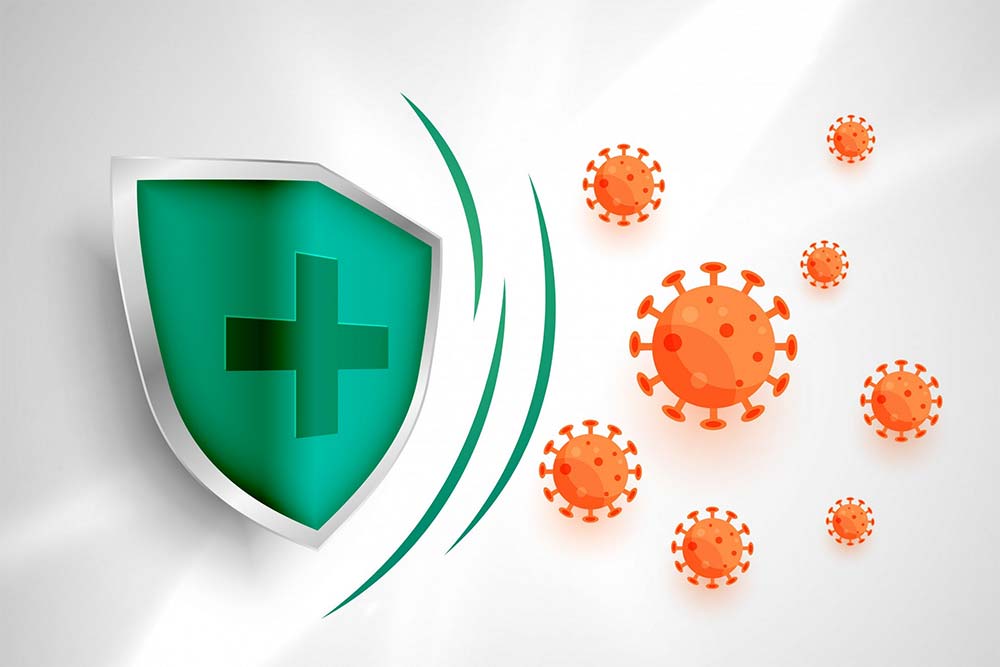The HPV vaccine prevents 26 types of cancer. HPV is one of the most common viruses on the planet. Fortunately, it’s not always deadly. In fact, HPV is one of the most common sexually transmitted diseases, with more than 200 strains of the virus. There are two main types of HPV: high-risk and low-risk. The high-risk types are the main cause of cervical cancer. It is also possible to have genital warts caused by a low-risk strain.
Many people who develop cervical cancer may have HPV, also known as high-risk human papillomavirus. The virus is spread through sexual contact with an infected individual, usually during the early teenage years or early 20s. The virus can also spread through sexual activity with someone who has not been immunized against it or oral sex.
Nature of high-risk HPV
The HPV virus is a sexually transmitted virus, and since HPV infection is so common, it’s hardly surprising that an estimated 100 million Americans are infected. The HPV virus is so common that it often goes undetected since the virus usually only causes minor symptoms such as a raised, tender, and often uncomfortable bump. But HPV is serious business since the virus’s most common form, HPV16, can cause cervical cancer. So, any sexually active woman should get a Pap test, a screening test that looks for the signs of cervical cancer, every year. If you’re looking for additional treatment options for HPV, you can check out hpv clinical trials at Power.
The HPV virus is a sexually transmitted disease (STD). There is no cure for HPV, but there are a number of ways to treat it. Certain strains of HPV cause cancer, such as cervical cancer. HPV is common among sexually active people, but the vast majority of cases are harmless. However, some strains of HPV can cause warts or genital warts. These are not cancers, but they are still unpleasant.
Common types of HPV
HPV 6 and HPV 11
HPV 6, also known as Human Papilloma Virus, is an infection caused by either a strain of the human papillomavirus (HPV), currently 16 HPV types, or one of the non–HPV types, usually 6 and 11. HPV 16 is the most common and is what’s known as high-risk HPV. An infected woman can get HPV 16 from sexual contact or sharing a razor or towel with an infected person, and the virus remains in the body and may develop into cancer years later. HPV 6 and 11 are not high risk and are generally associated with warts.
HPV stands for human papillomavirus. These viruses are spread through sexual contact and can cause warts. The virus is so common that it affects about 80% of adults (and 90% of sexually active women). About 70% of men will get the virus at some point in their lives, but only 10% will develop warts. HPV 6 and 11 are specific types of the virus. HPV 6 is the most common type linked to cancer. HPV 6 typically shows up in pre-cancerous lesions called warts or papillomas on the genitals, the rectum, and the anus. These HPV types 6 and 11 are the most common. It’s important to know if you have HPV 6 and 11 or if you have had unprotected sex.
HPV 16 and HPV 18
The most common types are HPV 16 and HPV 18, which cause most cases of cervical cancer, but more than 100 other types of HPV infections have been identified. The virus can stay in your body for a long time, and it can cause dangerous cancer later on. You can reduce your risk of HPV infection by getting vaccinated.
HPV (Human Papilloma Virus) 16 and 18 are two strains of the Human Papilloma Virus. The virus is spread by sexual contact and can lead to cervical cancer. The virus mainly affects women, but HPV 16 and 18 also affect males. HPV 16 and 18 are only the two most common strains of HPV, with over 80 strains of HPV affecting many different parts of the body.
Treatment for HPV
Human papillomavirus, or HPV, is a group of viruses that mainly affect the skin, genital, and anal areas. HPV is spread through direct contact with an infected person’s genitals or skin or by the sharing of personal items, such as towels, razors, toothbrushes, and sex toys. As an adult, you may be at risk for HPV if you have previously had oral sex or vaginal sex with someone who has never had sex before.
The good news is you can prevent an HPV infection through regular vaccination. Although most HPV infections clear up on their own without treatment, it’s recommended that you have regular pap smears, which can catch HPV before it causes cervical cancer. The HPV vaccine protects against infection with HPV, which is the most common sexually-transmitted disease in the U.S. HPV can stay in your body without showing any symptoms, which is why getting an HPV vaccine is so important.

